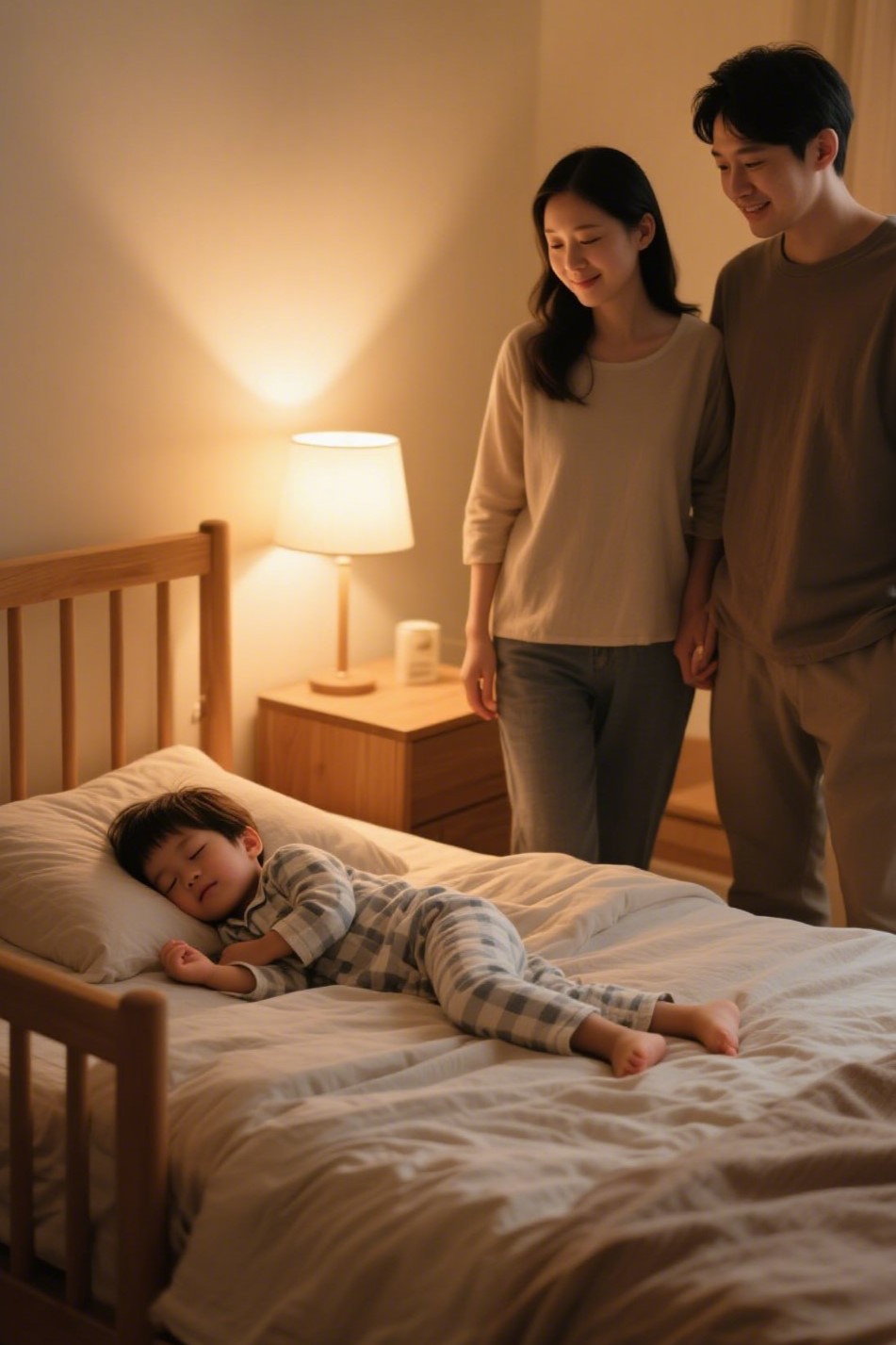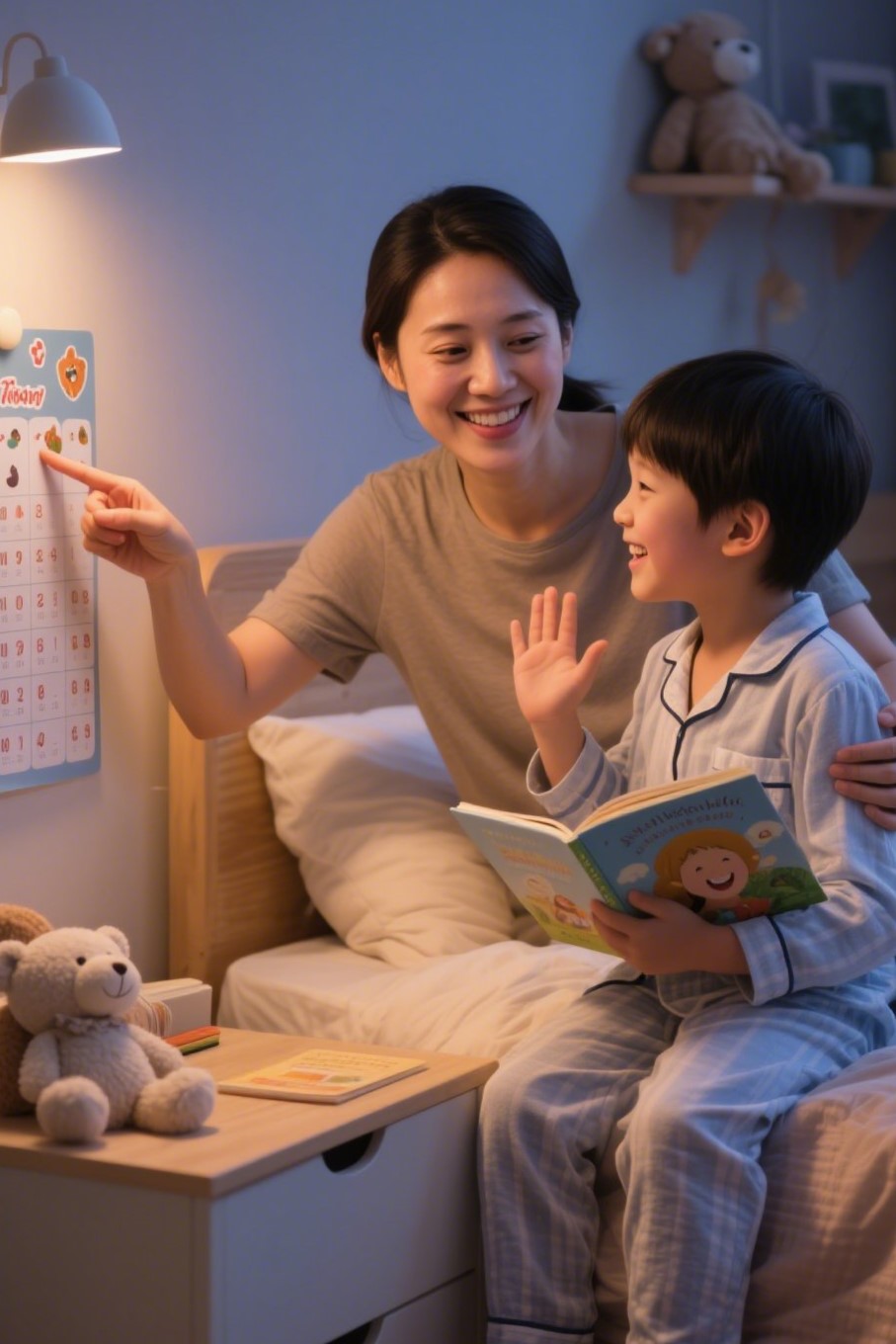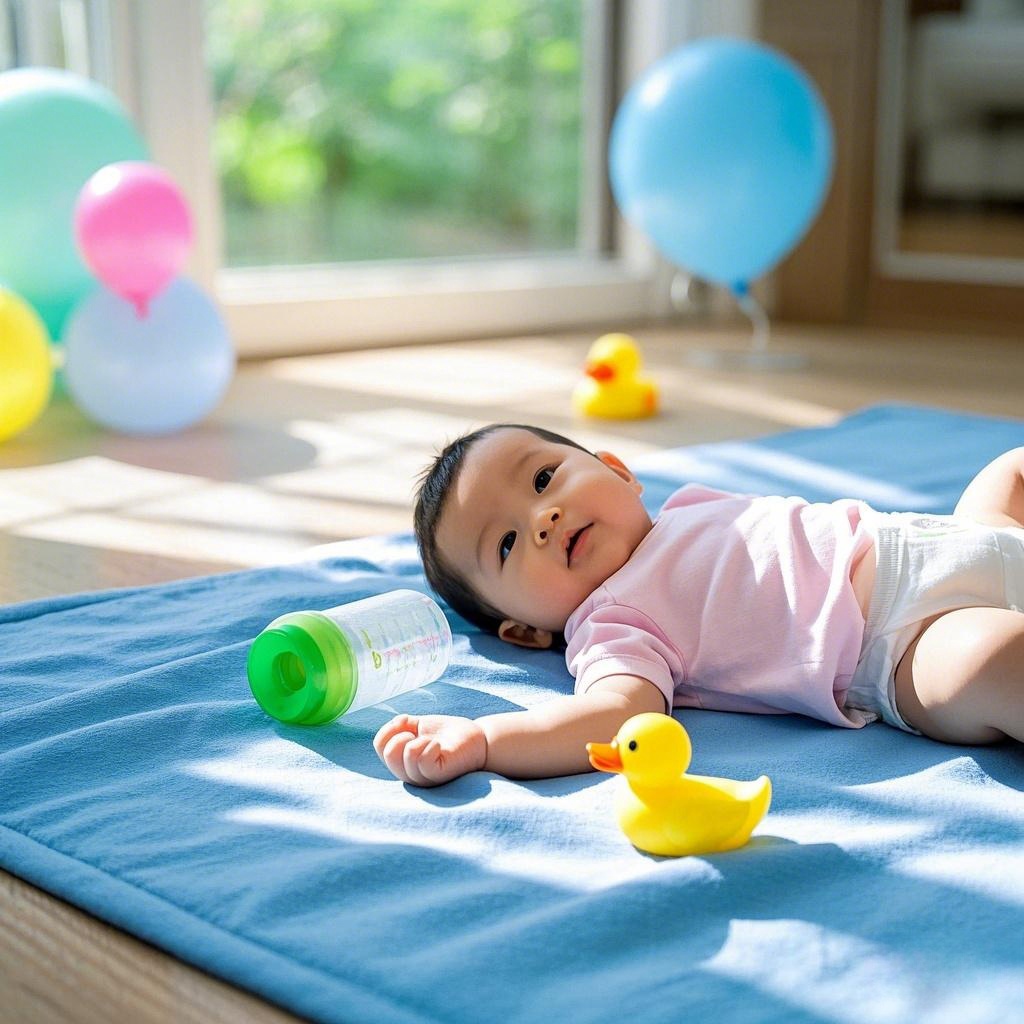Transitioning your toddler from co-sleeping to sleeping in their own bed can feel like a battle—but it doesn’t have to be. Many parents struggle with bedtime resistance, middle-of-the-night visits, and tears (from both sides). If you’re searching for practical solutions on how to get your toddler to sleep in their own bed, you’re not alone—and you’re in the right place.
In this blog, we’ll walk you through effective, gentle strategies that work, while answering common questions like: Why won’t my toddler sleep alone? When is the right time to transition? and How can I make their bed more appealing?

Why Won’t My Toddler Sleep in Their Own Bed?
Toddlers are creatures of comfort. They may resist sleeping alone for several reasons:
- Separation anxiety
- Fear of the dark or being alone
- Attachment to routines like co-sleeping
- A new sibling or life change
- Lack of consistent bedtime structure

Understanding the why helps you address the root issue, not just the symptoms.
When Should Toddlers Start Sleeping in Their Own Bed?
There’s no one-size-fits-all answer, but most toddlers are ready between 18 months to 3 years old. The key signs of readiness include:
- They’re climbing out of a crib
- They ask for their own space
- They can follow simple bedtime routines
- They’re consistently sleeping through the night

How to Get Toddler to Sleep in Own Bed: Step-by-Step Tips
Let’s dive into real, parent-approved strategies to help your child develop healthy and independent sleep habits.
1. Create a Cozy Sleep Environment
Your toddler’s room should feel like a safe and welcoming retreat.

Tips:
- Use a toddler bed with fun sheets or their favorite characters
- Add a nightlight or white noise machine
- Keep a few comforting stuffed animals or blankets nearby
2. Establish a Consistent Bedtime Routine

Kids thrive on predictability. A relaxing routine signals that it’s time to wind down.
Example Routine:
- Warm bath
- Pajamas and brushing teeth
- Storytime or lullabies
- Goodnight hugs and a bedtime phrase like “sleepy time now!”
Stick to the same routine every night to create strong sleep associations.
3. Use Positive Reinforcement
Praise and small rewards go a long way.

Ideas:
- Sticker charts for nights slept alone
- Extra bedtime stories after a successful night
- Verbal praise like “You’re getting so big sleeping on your own!”
Avoid punishment or negative reinforcement—it can increase anxiety.
4. Try Gradual Sleep Training
Rather than going cold turkey, ease your toddler into sleeping alone.

Methods to Try:
- The Chair Method: Sit near their bed until they fall asleep. Gradually move further away each night.
- Fade Out Technique: Stay in the room for a short time and slowly reduce your presence.
- Pick-Up/Put-Down: Reassure your child without engaging in prolonged contact.
5. Address Fears Gently
If your child is scared, validate their feelings but reframe bedtime as safe.

Tips:
- Talk about fears during the day
- Use “monster spray” or bedtime affirmations
- Keep a soft nightlight on to reduce darkness anxiety
6. Be Consistent, Yet Compassionate

The key to success is consistency. Toddlers will test boundaries—expect some pushback. Stay calm, avoid giving in, and reinforce your expectations with love.
If setbacks occur (e.g., illness or travel), gently return to the routine once life normalizes.
What Not to Do:
- ❌ Avoid letting your toddler fall asleep in your bed and then transferring them.
- ❌ Don’t introduce distractions like TV or tablets at bedtime.
- ❌ Avoid too much stimulation right before bed.

Common Questions from Parents:
Q: My toddler keeps coming into my bed at night—what should I do?
👉 Gently walk them back to their room without engaging in too much conversation. Keep it calm and repetitive until it becomes habit.
Q: How long does it take to see results?
👉 Most families see progress within 1–3 weeks, depending on consistency and the child’s temperament.
Q: Is it okay to let them cry it out?
👉 That depends on your parenting style. Some gentle sleep training involves a few tears, but it should never feel traumatic—for them or you.
Final Thoughts: Helping Toddlers Sleep Independently
Learning how to get your toddler to sleep in their own bed is a journey—one filled with patience, routine, and a lot of love. With a consistent approach, comforting environment, and positive reinforcement, you’ll empower your child to sleep independently and peacefully.
Remember, this milestone won’t just improve your toddler’s sleep—it can help the whole family rest better.





